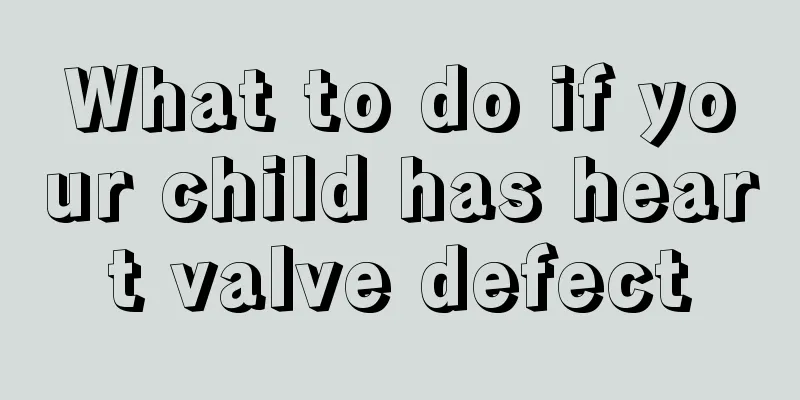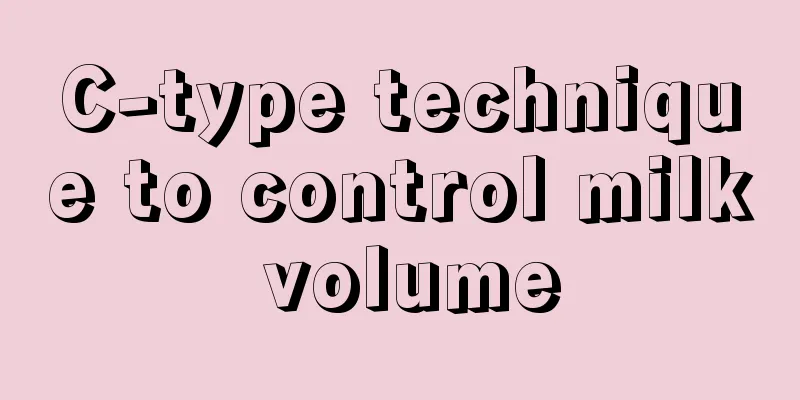What to do if your child has heart valve defect

|
Heart valvular disease refers to organic lesions caused by damage to the heart valves by various pathogenic factors or congenital developmental abnormalities, which manifest as valvular stenosis and insufficiency. Finally, it often leads to heart failure and causes blood circulation disorders throughout the body. Valvular heart disease is mostly the result of rheumatic endocarditis and infective endocarditis. So, what about children’s heart valves? Let us find out through the following article. The treatment of pediatric heart valve disease is relatively complex and requires a comprehensive analysis of the disease and weighing of the pros and cons. When drug treatment is ineffective or the valvular disease is severe and is expected to cause serious damage to heart function, surgical treatment should be performed in a timely manner. The principle of surgical treatment for pediatric valvular heart disease is to reshape and repair the diseased valve as much as possible, that is, to "unblock" the narrow "valve" to increase the blood flow, and to reinforce the "valve" with "backflow" to restore it to a "one-way valve". In recent years, valvuloplasty and repair technology has developed rapidly. Age is no longer an absolute contraindication for surgical treatment of valvular disease. On the contrary, the earlier the surgical intervention, the greater the possibility of valve repair and the less damage to heart function. We are now able to perform valve repair surgery on children a few months or even days after birth. However, for children who are not suitable for valvuloplasty or whose valvuloplasty has failed, especially those with obvious thickening, curling, and contracture of the valve due to rheumatic valvular disease, or those with severe and irreparable valve damage due to infective endocarditis, valve replacement surgery is still required to save the child's life. If children need valve replacement, most of them choose mechanical valves. Currently, both domestic and foreign researchers are studying the use of the same biological valve to replace severely diseased valves in children. This type of valve does not require the use of anticoagulant drugs and is particularly suitable for children, but it has a limited service life and valve replacement surgery is often required again after adulthood. What to do about pediatric heart valves? I believe you already have some understanding. There are many causes of heart valve disease, which can be either congenital or acquired. The treatment of pediatric valvular heart disease is a relatively difficult problem in the field of cardiac surgery, which makes prevention even more important. Prevention should first start from the "source" and provide health education to pregnant women and expectant mothers to reduce the incidence of congenital valvular heart disease. |
<<: The dangers of patent ductus arteriosus in children
>>: What to do if children have pharyngeal follicle hyperplasia
Recommend
What are the symptoms of chronic rhinitis in babies?
Sinusitis can be said to be a relatively common c...
Why does my baby shake his head when he has a fever?
It is common for babies to be weak because they a...
How to treat red pimples on babies
Generally speaking, in the hot summer, we often f...
What to do if your child has acute gastroenteritis
Patients with acute gastroenteritis generally exp...
The child suddenly limps when walking
Parents are always concerned about their children...
Is it good to clean children's teeth?
Dental health seems to have little impact on the ...
What are the symptoms of vitiligo in children?
Vitiligo is a very common skin disease. The main ...
How to adjust the newborn baby's upside-down sleep
Children's sleep is of great significance to ...
What is the cause of cough asthma in children?
Cough-type asthma in children is often caused by ...
What is the reason why children are distracted in class?
Children's physical health is very important,...
What are the clinical symptoms of indigestion in babies?
Indigestion is a disease that is very common in a...
Baby's ankle fat lines are different
Many families are very happy when welcoming the b...
What are the recipes for cooking for babies?
With the improvement of material life, some paren...
The benefits of drinking student milk
Everyone knows that milk is an indispensable nutr...
How to supplement calcium for six-year-old children
As we all know, calcium is a very important eleme...









